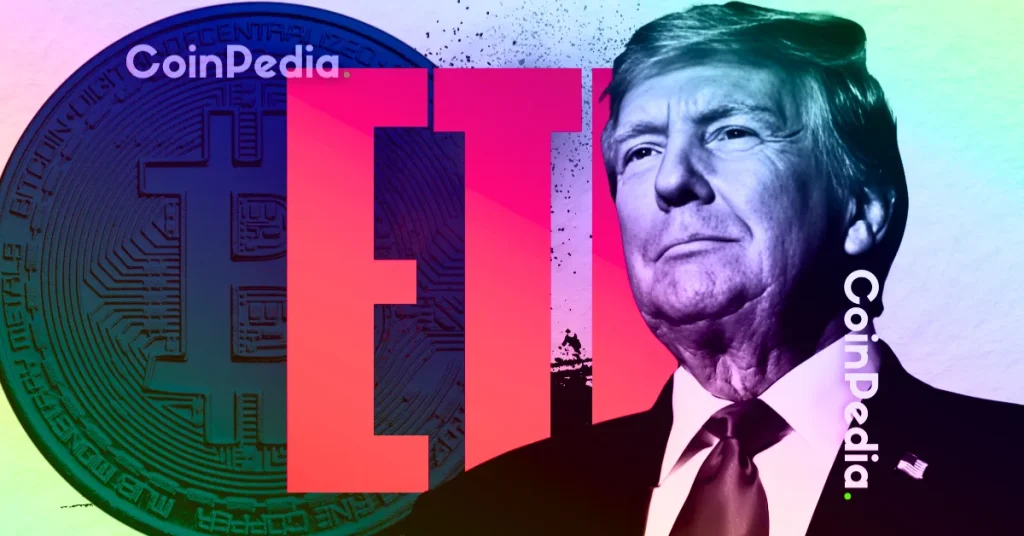
Brazil’s Central Bank Chief, Roberto Campos Neto, announced on Tuesday that stablecoins and asset tokenization are set to be regulated in the country next year. He shared these remarks in a video for market intelligence firm Uqbar.
Stablecoins, which are pegged to real-world assets like the US dollar, tend to have less price volatility compared to other cryptocurrencies such as Bitcoin.
Campos Neto has previously indicated that the increasing demand for stablecoins in Brazil is closely linked to tax evasion and other illicit activities.
What are stablecoins?
Stablecoins are cryptocurrencies designed to maintain their value by being pegged to real-world assets, most commonly the US dollar.
Unlike volatile cryptocurrencies like Bitcoin, stablecoins experience limited fluctuations, making them appealing to users who want to explore crypto’s potential without incurring excessive risk.
In Brazil, the stablecoin sector is expanding rapidly and has begun to outperform Bitcoin in transaction volumes on local exchanges.
The country is positioning itself as a hub for B2B cross-border payments, with stablecoins providing the transparency and stability that businesses require, particularly in light of the volatility of the Brazilian real.
According to recent data from blockchain analytics firm Chainalysis, Latin America has become the second-fastest-growing region for stablecoin usage, boasting a year-over-year growth rate exceeding 42%.
This growth underscores Brazil’s emergence as a regional leader in stablecoin adoption, with local merchants increasingly opting for stablecoins for transactions.
Between July 2023 and June 2024, Brazil acquired approximately $90.3 billion in cryptocurrencies.
Stablecoin transactions and Brazil’s crypto market
The popularity of stablecoins is evidenced by a staggering 207.7% increase in stablecoin transaction values on local exchanges, significantly outpacing other cryptocurrencies like Ethereum.
This impressive growth trajectory reflects a fundamental shift in how Brazilian investors and businesses view the utility of cryptocurrencies, especially amid economic challenges such as a declining Brazilian real and sluggish overall growth.
The surge in stablecoin transactions suggests that Brazil’s crypto market operates under different dynamics than other global markets, where Bitcoin typically dominates trading activity.
The appeal of stablecoins appears closely tied to the practical needs of consumers and businesses operating in an environment where currency volatility is a constant concern.
Despite Brazil’s ongoing economic challenges, analysts from Chainalysis see considerable growth opportunities for cryptocurrency in the country, particularly if regulatory authorities adopt a more favorable stance toward digital assets.
The Central Bank’s initiatives to implement regulations could foster a more stable and secure environment for investors, paving the way for advancements in the cryptocurrency sector.
The continued expansion of cryptocurrency exchanges like OKX and Coinbase in Brazil further illustrates the changing landscape of digital assets. As regulations become clearer, stablecoins are set to play a crucial role in Brazil’s evolving crypto economy.
This trend is not limited to Brazil; other regions are also witnessing increased demand for stablecoins, signaling a broader shift in how digital currencies are perceived and utilized globally.se changes play out and what they represent for the future of digital finance in the region and b
The post Brazil's central bank plans to regulate stablecoins by 2025 appeared first on Invezz















 English (US) ·
English (US) ·